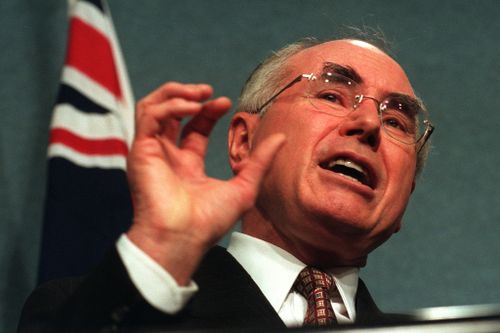CPA Australia said it would submit a five-point plan for “fundamental reform” to the GST ahead of Treasurer Jim Chalmers’ economic reform roundtable later this year.
Prime Minister John Howard’s government introduced the goods and services tax on July 1, 2000 – 25 years ago this week.

The tax is set at 10 per cent on most goods and services sold in Australia.
“It’s time for a grown-up conversation about Australia’s tax system and the GST’s structural weaknesses,” CPA Australia chief executive Chris Freeland said.
“For the past quarter of a century the GST has remained virtually unchanged, and its inconsistencies and design flaws – such as taxing some foodstuffs and not others – have been ignored.”
CPA Australia called for the government to “identify what a broadened tax base should look like” and model the revenue that would come from a change to the GST rate.
Freeland said it would result in decreased income tax for individuals and businesses.
“Most tax specialists believe that increasing the GST is the key to broadening the overall tax base,” he said.
“Reducing the reliance on personal income tax would put more money in people’s pockets and ultimately generate more revenue to drive economic growth.”

But, he said, any reform would also have to consider adequate compensation for those who would be hit hard by an increase with limited tax cut offset, such as lower-income households and pensioners.
“OECD statistics show that Australia has an unsustainably high burden on income tax, which means workers and businesses contribute a lot more of the base compared to other countries,” Freeland said.






